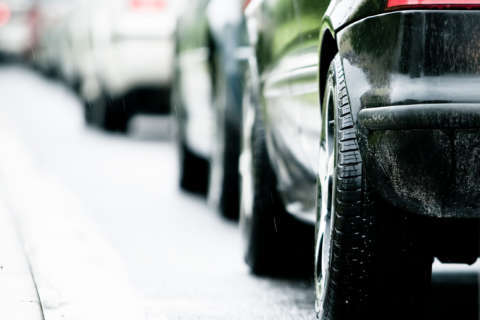WASHINGTON — “Falling back” to standard time brings about an extra hour of sleep, but it also poses “drowsy driving” dangers for those getting behind the wheel this time of year.
According to John Townsend with AAA Mid-Atlantic, the time change can disrupt sleeping patterns. And when paired with the dangers that come from the sun glare during morning commutes and the darkness during evening commutes, these factors can result in “drowsy driving and fatigue-related crashes,” he said.
“That’s why December and November are the most dangerous times of the year for pedestrians in the Washington Metro area,” said Townsend. “The thing about drowsy driving is that it sneaks up on you. You really don’t realize how sleepy you are.”
A 2016 report from the AAA Foundation for Traffic Safety said that drivers double their risk for a crash when they don’t get the recommended seven hours of sleep. Townsend added that people in the D.C. area already don’t get enough sleep.
One in five fatal crashes in the United States is the result of drowsy driving, said Townsend. And according to the National Sleep Foundation, drowsy drivers cause more than 6,400 deaths each year.
There have been four pedestrian deaths in the last 30 days in the D.C. area, according to Townsend. AAA Mid-Atlantic adds that in November and December of 2015, crashes in the D.C. metro area involving pedestrians spiked with more than 550 incidents. Townsend said the dangerous driving conditions during this time of year pose a risk for anyone who’s out and about.
Some tips to protect yourself during decreased daylight:
- Wear bright colors or reflective clothing if you are walking or biking near traffic at night.
- Carry a flashlight when walking in the dark.
- Make sure you have bicycle lights.
- Motorists must yield to pedestrians and should not pass vehicles stopped at crosswalks.







